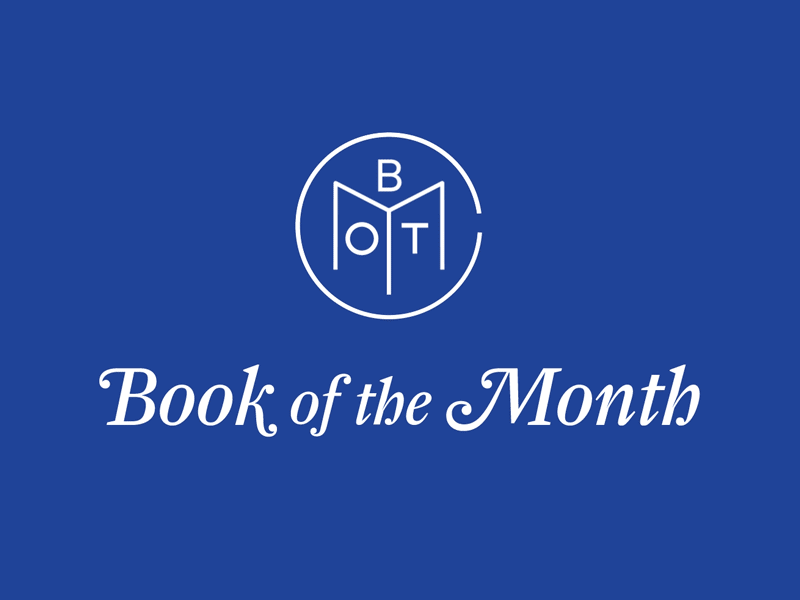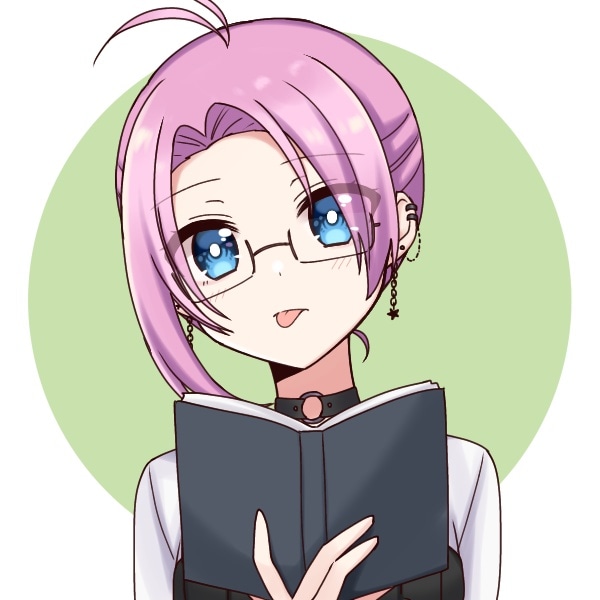Folklore and The Gilded Ones
I am a bad blogger. I realized yesterday that I have missed an opportunity to talk about the folklore in the books I am reading for my African folklore project for university. It’s a project that I am enjoying working on and won’t shut up about, but I’ve not actually done any blog posts on it. Time to change that and I am going to start with The Gilded Ones by Namina Forna.
Before I get into this, I need to explain that folklore is more than the legends of myths that are told as stories. Folklore actually means “story of the people” and encompasses traditions, customs, ceremonies, art. music, dance, clothing, those legends and myths that I mentioned. It even extends to the internet to include memes.
In this project I am interested in the folklore that can be found in Africanfuturism written by African authors. My professor put the stipulation on my project the authors have to be from Africa and not the diaspora. That excluded a number of authors I was hoping to use for the project including Nnedi Okorafor and Tomi Adeyemi. I understand the reasoning behind this stipulation and with a bit of research I was able to find some wonderful books to use, such as the YA book The Gilded Ones.
Namina Forna is from Sierra Leone, and is the first author from Sierra Leone to have a book deal. I went back and forth about using this book for the project for two reasons. The first is the fact that it is a YA book and isn’t Africanfuturism. It is, however, indigenous African speculative fiction, which is close enough. The second is where Forna fits in with African writers and the diaspora. I decided to include her because she was born in Africa, lived there until she was 9. She and her parents immigrated to the United States during the Sierra Leone Civil War and now travels back and froth between the US and Sierra Leone. Forna meets the criteria that was laid down, barely.
Recently I read a review on Goodreads from someone who received an Advanced Readers Copy back in 2021. It was not a good review and I was annoyed by it and told one of my friends that the reviewer had no idea what she was reading. I was told to quit reading reviews. I probably should. However, that is where I got the idea to blog about the folklore in the books I am reading for this project.
The review focused on the violence in the book. The blood, gore, mention of rape, violence against women, and the books is basically “women are oppressed but make it feminist.” There are other critiques the reviewer makes but they keep going to back to the violence, that it is too violent/graphic for a YA book. I wish the reviewer realized what they were reading.
 The Gilded Ones is a literary commentary about the life of girls and women Sierra Leone. Especially the war torn Sierra Leone that Namina Forna grew up in. People don’t know what they don’t know, and I will admit I know more than the average reader because I have to do additional research.
The Gilded Ones is a literary commentary about the life of girls and women Sierra Leone. Especially the war torn Sierra Leone that Namina Forna grew up in. People don’t know what they don’t know, and I will admit I know more than the average reader because I have to do additional research.
This book draws from the culture and traditions of the Mende people of Sierra Leone. It also deals with the basic facts of living in Sierra Leone from gold mining to violence and oppression toward women.
The book opens with Deka, a 16 year old girl, preparing for the Ritual of Purity. This is a ceremony all girls must participate in at 16. They are cut to make sure their blood runs the red of purity and not the gold of demons. Those who bleed gold are considered impure and are sentenced to death, but not before they are bled for the liquid gold that runs in their veins. It fetches a heavy price when sold. The Ritual of Purity includes a fancy dress, and the adornment of face masks to cover the face, that will be worn from then on when in public to remain modest around men. It is an induction into adulthood and signifies the girls are ready for marriage.
This Ritual of Purity runs parallel, and makes commentary on, bundu society in Sierra Leone. The Ritual of Purity exchanges female genital mutilation for a knife cut across the chest. The outcome is the same with similar pomp and circumstance. Those girls who do not submit to bundu are considered impure and treated as outcasts. Bundu means a girl has entered adulthood and is ready to take a husband. It is an important part of the identity and history of the people. Those that have had sex, either willingly or unwilling, are shunned, treated as outcasts and forbidden to participate in bundu society. Purity, both through the practice of bundu, and through the fictional Ritual of Purity, determines a girls worth.
Deka survives the death mandate and being bled over and over for her blood, she is eventually rescued for a special army of the emperor to protect the nation from monsters that are attacking and killing the people. The Mende people often have powerful female chieftains and women fighters. It makes sense Forna would draw from this, as these women fighters were predominate especially during the Sierra Leone Civil War that marked her childhood. The Mende also outfit their women in imitation masks very similar to the ones described in The Gilded Ones.
Commentary on a societal issue becomes part of the folklore of a society. In this way The Gilded Ones becomes a type of folklore in itself. It also opens the door to talk about the mutilation of girls in Sierra Leone, the oppression faced by girls and women, as well as their commodification of girls and women in Sierra Leone. Female trauma is a fact of life in the country that is reflected in Namina Forna’s book.















